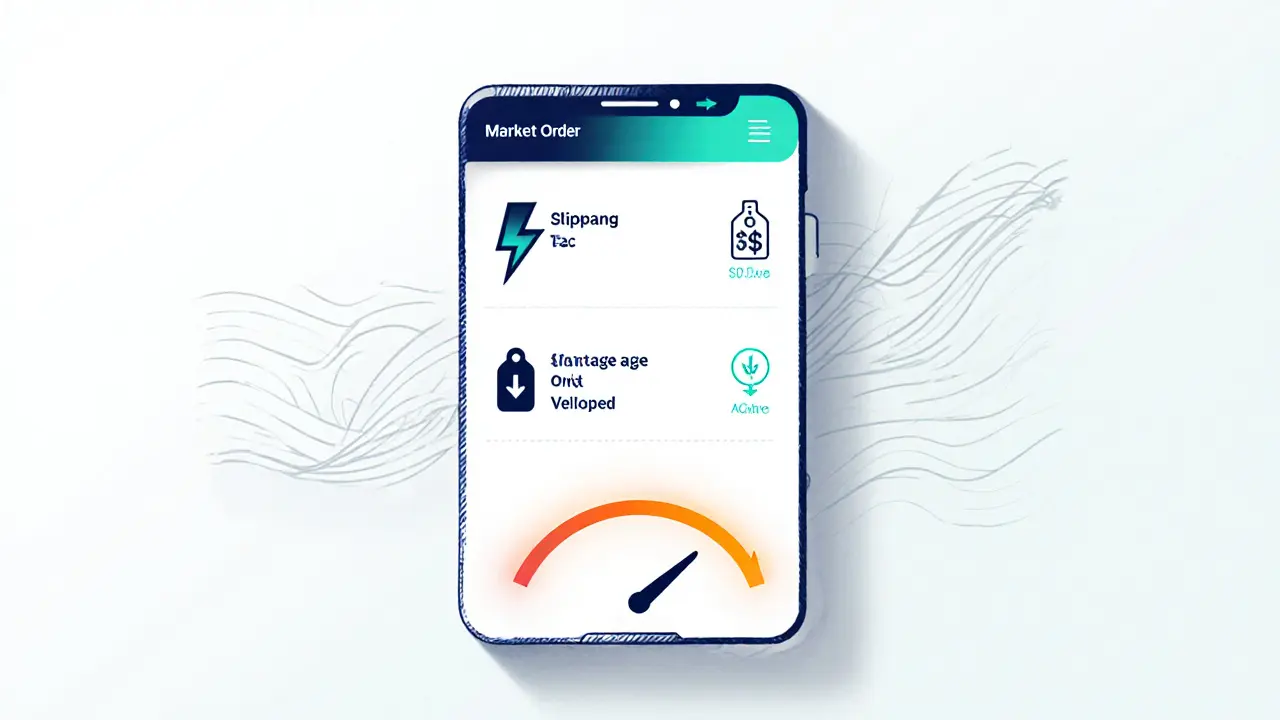Order Book Explained: How Traders See Market Depth
When working with order book, a real‑time list of buy and sell orders for a specific trading pair on an exchange. Also known as market depth ledger, it lets traders gauge supply, demand, and potential price moves. Liquidity, the amount of tradable assets available at each price level directly shapes the order book’s shape, while exchange, the platform that aggregates orders and broadcasts the data supplies the feed that powers the view. The order book is therefore the central snapshot any trader checks before placing a trade.
Key Concepts Linked to the Order Book
Every trading pair, such as BTC/USDT, has its own order book. The pair determines which assets are being bought and sold, and each price tier shows how many units sit on the buy side (bids) or sell side (asks). Depth charts pull this data together, turning rows of numbers into a visual that highlights where large blocks of liquidity sit. When a market is thin, a small trade can shift the price dramatically; when it’s deep, the price moves more smoothly. Traders use these signals to decide whether to market‑order for speed or limit‑order for price control, and to spot potential spoofing or wash‑trading activity.
Understanding how the order book interacts with other market tools is crucial for both beginners and pros. For instance, real‑time market data APIs feed the book into bots that execute arbitrage or scalp tiny spreads. Charting platforms overlay the book on candlesticks, giving a layered view of volume versus price action. Risk managers watch large orders that could act as support or resistance, while casual investors might simply glance at the top of the book to see the best available price. Below you’ll find a curated set of articles that dive deeper into crypto exchanges, liquidity management, side‑chain bridges, and other topics that directly affect what you see in the order book.
Market Orders vs Limit Orders: How They Work in Order Books
Learn how market orders and limit orders work inside an order book, when to use each, and how they affect speed, price, slippage and liquidity.
VIEW MORE
